Winter visits to the Cognac region offer something quite different from the typical French escapade, and Explore Cognac provides the perfect gateway to discover this seasonal transformation. The landscape around Charentes takes on a particular beauty when temperatures drop and visitor numbers thin. Vineyards stand bare against pale skies whilst the real work happens indoors, where distillers tend their copper stills through the coldest months. Low winter sun casts long shadows across hills, and the air carries the sweet, heady aroma of distillation from stone buildings tucked between rows of vines.
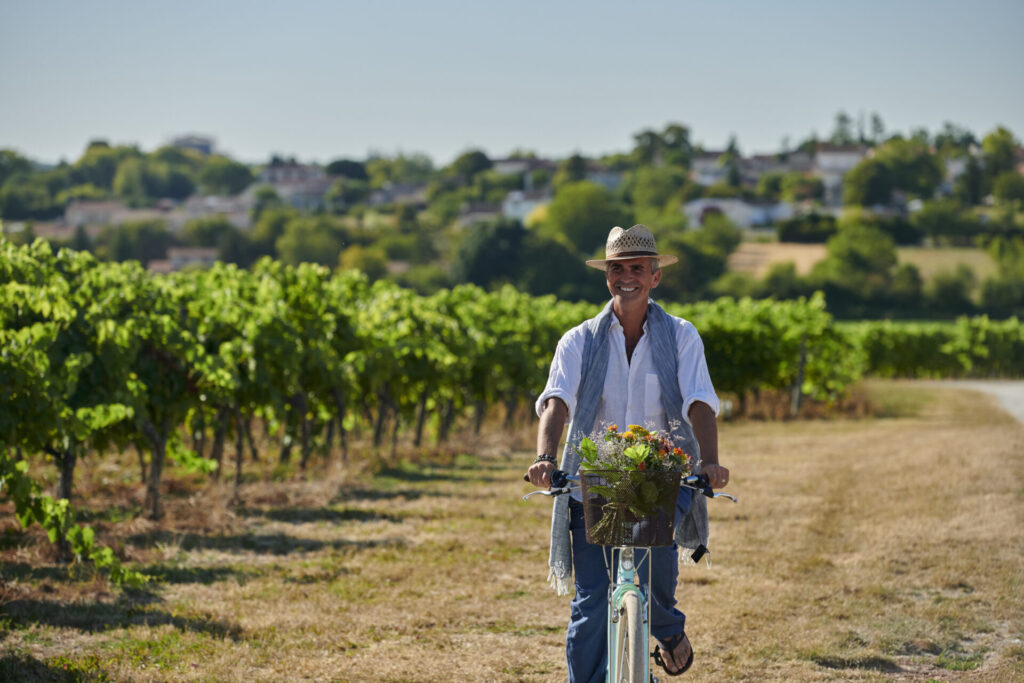
The period between November and March marks distillation season, when wine becomes the spirit that will eventually bear the region’s name. Traditional copper stills bubble away in cellars and workshops across the countryside, tended by families who have perfected their craft over generations. Producers open their doors during these months, allowing visitors to witness processes that remain fundamentally unchanged since the 17th century. The warmth of these working spaces, filled with the scent of heated wine and oak, provides a welcome contrast to crisp outdoor air.
An Ancient Art of Distillation
The transformation of wine into Cognac happens during specific months when conditions suit the delicate process. Between November and March, producers fire up their traditional copper stills to begin distillation. These alembics, some dating back centuries, work continuously throughout winter to convert wine into the clear spirit that will age in oak barrels for years to come. The stills themselves are beautiful objects, their copper surfaces gleaming in firelight, curves and swan necks designed as much by function as form.

Several houses welcome visitors during this active period. Frapin operates from Segonzac, where the family has maintained vineyards since 1270. Their estate-grown grapes produce wines that move through traditional charentais stills, visible to guests who book tours during working hours. The estate buildings cluster around courtyards where chickens wander freely and cats doze in patches of winter sunshine. Maison Boinaud in Angeac-Champagne and Bourgoin in Saint-Saturnin similarly open their facilities, offering the chance to observe distillers at work.
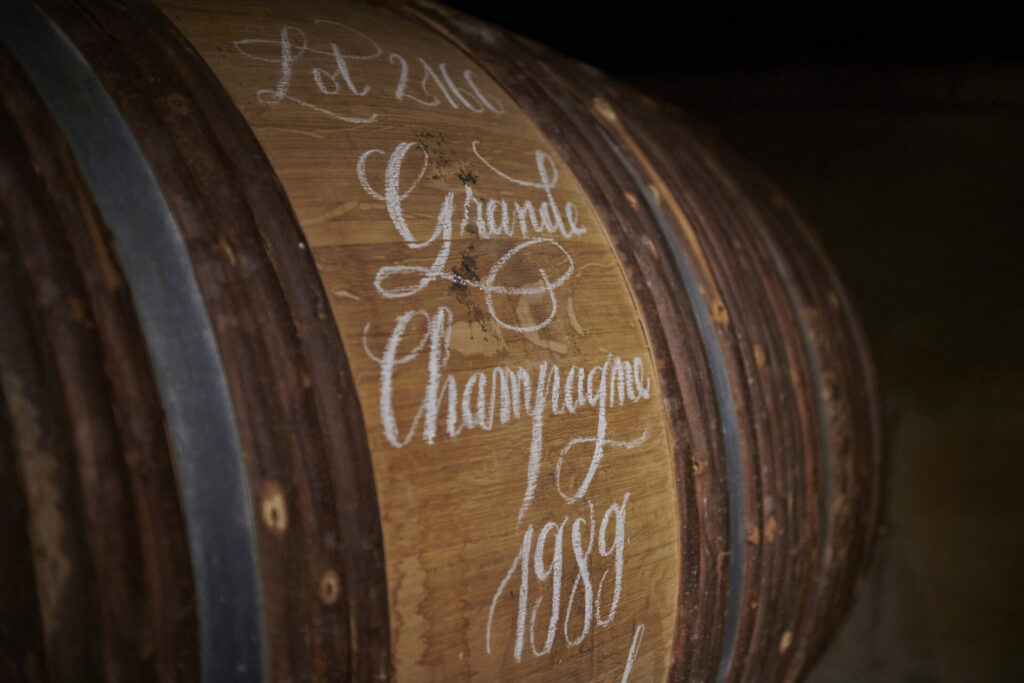
The process itself follows strict regulations. Wine must be distilled twice in copper pot stills to achieve the required alcohol content and flavour profile. Each distillation takes approximately 12 hours, with distillers making precise cuts to separate the valuable ‘heart’ from inferior heads and tails. The resulting eau-de-vie emerges crystal clear at around 70% alcohol, ready for its long maturation in Limousin or Tronçais oak.
Personal Touch and Private Tastings
Beyond the established houses, smaller operations provide alternative perspectives on production. Les Frères Moine operates from Chassors, where brothers continue their family’s tradition on a modest scale. Their tasting sessions incorporate regional cheeses and charcuterie from Charentes, demonstrating how local products complement the spirit’s complexity. The room where tastings occur overlooks vineyards that stretch to distant woodland, and conversation flows as freely as the samples.
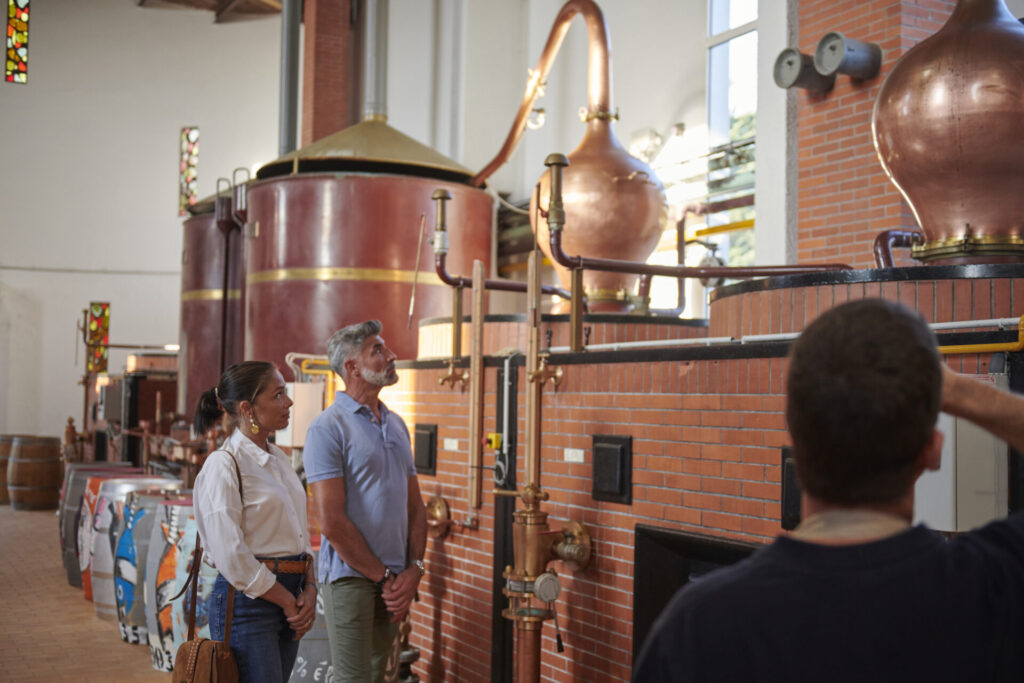
Chai du Rouissoir in Ozillac takes a different approach entirely. Visitors can arrange breakfast sessions beside working stills, combining morning coffee with the warmth and aromas of active distillation. The experience runs counter to typical tasting room formality, replacing polished presentations with genuine working environments. Fresh bread from the village bakery, local butter, and homemade preserves appear alongside proper coffee, whilst the still bubbles quietly in the background and early morning light filters through dusty windows.

These smaller producers often maintain complete control over their product, from vineyard management through distillation to eventual bottling. Many use estate-grown grapes exclusively, allowing them to guide quality at every stage. Production quantities remain modest, sometimes just a few hundred bottles annually, but this scale permits attention to detail impossible at larger operations. The resulting spirits often display distinctive character, reflecting both terroir and the producer’s individual approach to their craft.
Atlantic Coastal Pairings
The Atlantic coast near Cognac produces oysters that reach optimal quality during winter months. Cold water temperatures encourage the shellfish to develop fuller flavours and firmer textures than summer specimens. The basins around Marennes-Oléron have cultivated oysters for centuries, using traditional methods that involve finishing the molluscs in shallow clay-lined pools called claires. These shallow beds, visible from coastal roads, stretch in geometric patterns across the landscape, their waters reflecting winter skies.
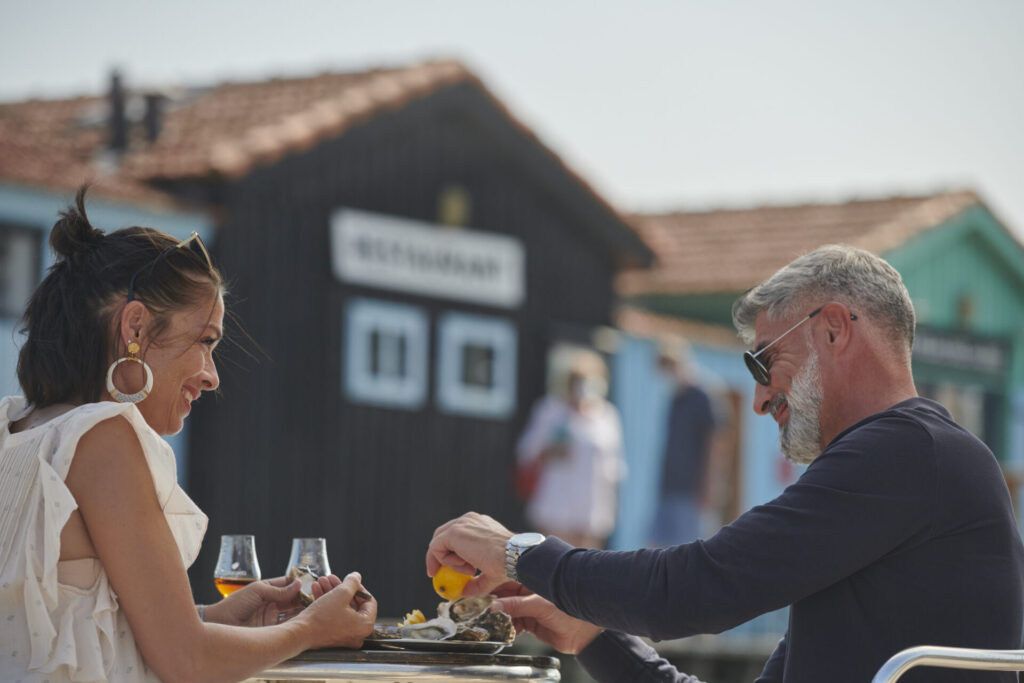
Local producers discovered that certain Cognacs pair remarkably well with fresh oysters, creating combinations that enhance both elements. The spirit’s fruity notes and subtle oak influence complement the oyster’s mineral character without overwhelming delicate flavours. Younger Cognacs often work best, their brighter profiles matching the seafood’s freshness. Sitting at a weathered wooden table overlooking the basins, shucking oysters fresh from cold water whilst sipping chilled Cognac, provides one of the region’s genuine pleasures.

Le Baume de Bouteville produces wine-based balsamic vinegar using traditional methods, ageing their product in oak barrels for extended periods. Their tasting experiences combine this distinctive condiment with oysters and Cognac, creating unexpected flavour combinations. The vinegar’s acidity cuts through rich textures whilst its own complexity adds another layer to the pairing. The tasting room occupies a converted stone barn where barrels line the walls and afternoon light slants through high windows.
Regional Exploration
The countryside around Cognac rewards exploration beyond distillery visits. Stone villages dot the landscape, many featuring Romanesque churches that predate the spirit trade by centuries. Honey-coloured buildings cluster around small squares where cafés serve proper coffee and locals gather for morning papers. Market towns host weekly gatherings where producers sell vegetables still bearing garden soil, wheels of aged cheese, and prepared foods reflecting regional traditions.
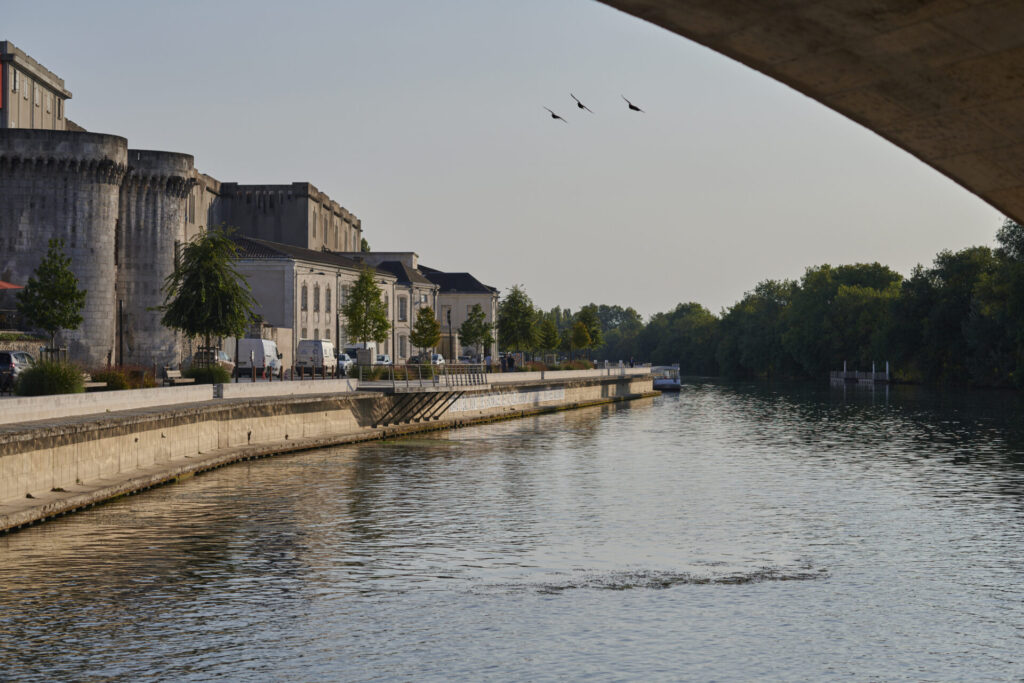
Accommodation options range from working vineyard estates to small hotels in historic buildings. Several producers offer guest rooms, allowing visitors to experience daily rhythms of wine and spirit production firsthand. These lodgings often include meals featuring regional ingredients prepared in traditional styles, providing deeper engagement with local culture than standard hotel arrangements permit. Waking to vineyard views and the distant sound of activity from the distillery below offers particular satisfaction.
The region’s location, roughly 100 kilometres north of Bordeaux and accessible via direct rail connections from Paris, makes it relatively straightforward to reach. Yet visitor numbers remain modest outside summer months, particularly at smaller producers where advance booking secures private tours and tailored tastings impossible during busier periods. The quieter pace allows for genuine conversation with producers, unhurried tastings, and the space to simply sit and absorb the particular character of this productive, peaceful corner of France.


